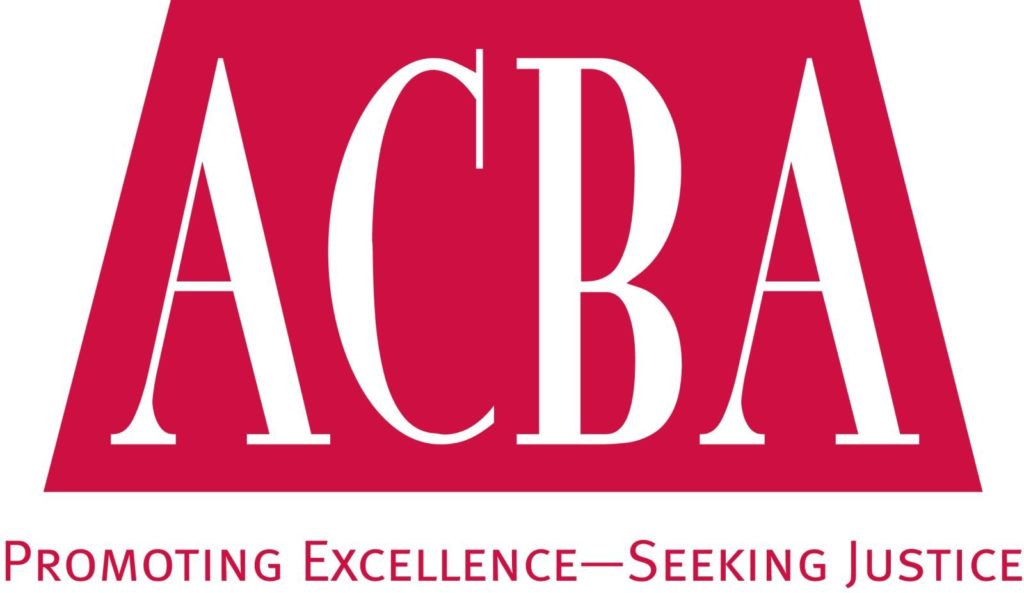Hearsay Exceptions
This article is the fifth in a multi-part series on trial evidence.
Hearsay exceptions are based on a combination of reliability and need. The justification for most exceptions is that cross-examination is unnecessary to test one or more of the out-of-court declarant’s four testimonial capacities–perception, memory, communication, sincerity.
For example, statements of presently felt mental or physical state (EC 1250) are admissible because perception is an element of the foundation and their spontaneous nature makes it unnecessary to cross-examine regarding memory and sincerity. Where there is less inherent reliability, e.g., declarations against interest (EC 1230), the proponent must demonstrate more need for the evidence at trial, usually in the form of the declarant’s unavailability. You should be able to articulate why an exception should or should not apply by addressing the need to cross-examine and how vital the evidence is.
The principal exceptions:
1) Admissions. The party admission exception (EC 1220) should really be titled “statements of a party.” Any statement of a party, if relevant, may be offered against that party; it need not be an “admission” in the classical meaning of the word. Note that you can offer only another party’s statements, not your own.
Admissions can be authorized–that is, made by someone else on the party’s behalf, if that person is authorized to make that or similar statements concerning the subject matter.
An admission can be implied by a response to someone else’s statement. For example: “I told the defendant that I knew he robbed that bank, and he replied that the gun wasn’t loaded.” (EC 1221). Similarly, admissions can be adopted by silence if the statement is made under circumstances in which one would ordinarily deny it if it weren’t true. “He said nothing when I accused him of robbing the bank.” However, it is important that the party was in a position to see and hear the accusation, that she was not intimidated, and that she had not been warned that what she said could be used against her.
The admissions exception can often be used to bootstrap in evidence normally inadmissible for other reasons, such as opinions and information of which the party has no personal knowledge.
2) Prior Statement. Pretrial statements of witnesses usually fall within the hearsay rule and are inadmissible. However, when the witness has made a prior statement that is inconsistent with his or her testimony at trial or hearing, the prior inconsistent statement is not made inadmissible by the hearsay rule (EC 1235). Usually prior inconsistent statements are offered during cross-examination of that witness.
When offered extrinsically, the proponent must comply with EC 770 which mandates that the witness had been given an opportunity, while being examined, to explain or deny the prior inconsistent statement or that he not have been excused yet. Accordingly, when a judge asks whether an opponent’s witness may be excused, reply that due to EC 770 you ask that she be available on a telephone-standby basis.
3) Declarations Against Interest. This exception applies to nonparties whose statements are so contrary to their pecuniary, penal or social interest that they are unlikely to have been made if untrue. As noted above, be prepared to establish unavailability (EC 1230).
4) Spontaneous Statements. These fit within what many of us think of as the “excited utterance” exception. To qualify, the statement must describe an event or condition perceived by the declarant while he’s still under the excitement caused by experiencing it (EC 1240).
5) Contemporaneous Statements. These are statements made by the declarant offered to explain what he’s doing while he’s doing it (EC 1241). Lawyers and judges often confuse this exception, the spontaneous statement, and the statement of mental or physical state, lumping them together in the commonly heard refrain “it goes to state of mind.” When this happens, your response in turn should be “whose state of mind and how is it relevant?”
Other issues:
Multiple Hearsay. When a statement consists of several layers of assertions–“The bystander told me that the victim said the light was green”–it may be admitted provided each out-of-court statement is non-hearsay or meets the requirements of an exception to the hearsay rule. If one fails, they all fail. Business and official records often contain multiple layers of hearsay, all of which must be analyzed.
Unavailability. Several hearsay exceptions require, as a condition for admissibility, that the declarant be unavailable as a witness (EC 240). Note that unavailability can apply to a witness who is present or even testifying if, say, her memory has failed or she is exerting a privilege. Judges have loads of discretion in determining unavailability. Be sure to create a paper trail, tracking how much effort you’ve put into trying to get the witness to court.
Next article:
The next article will be on Exhibits. Prior articles in the Trial Evidence Skills series can be found on the ACBA Blog at http://acbanews.wordpress.com/category/trial-evidence-series/.
Tim Hallahan is the director of the Stanford Law School Trial Advocacy Skills program, a national CLE speaker and in-house trainer, cofounder of The Hecht Training Group, a litigation skills training firm and a Judicial Education Attorney at the Administrative Office of the Courts. This article was originally published in the ACBA’s annual print publication A Year in Review.
